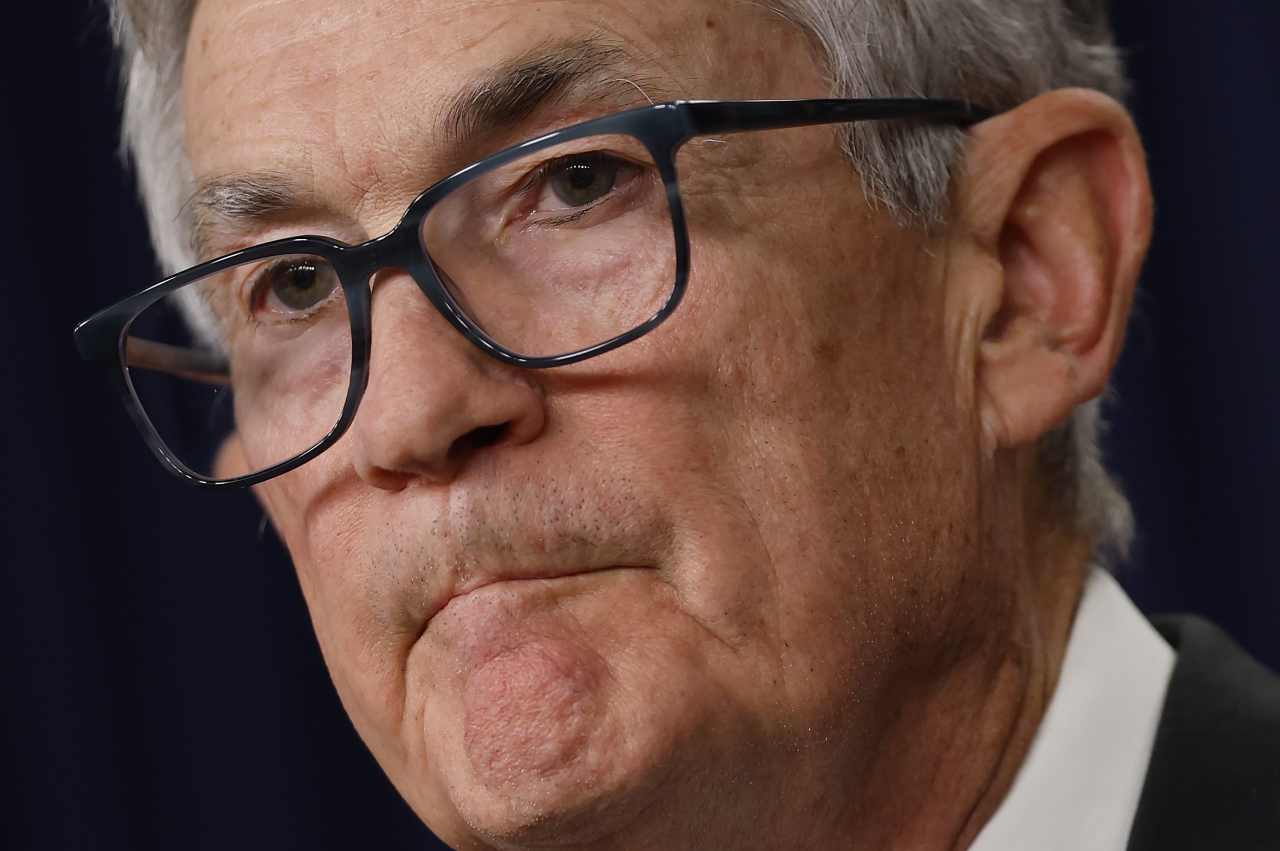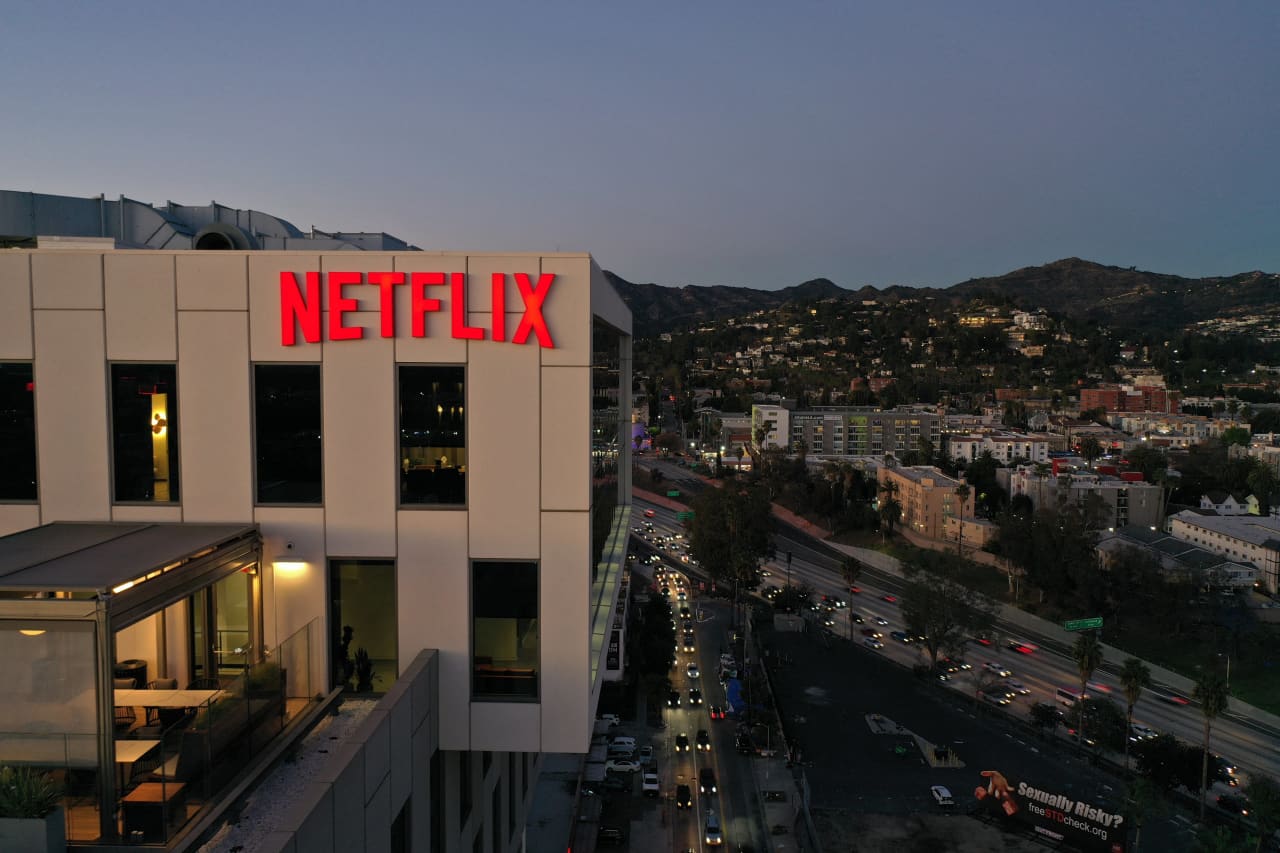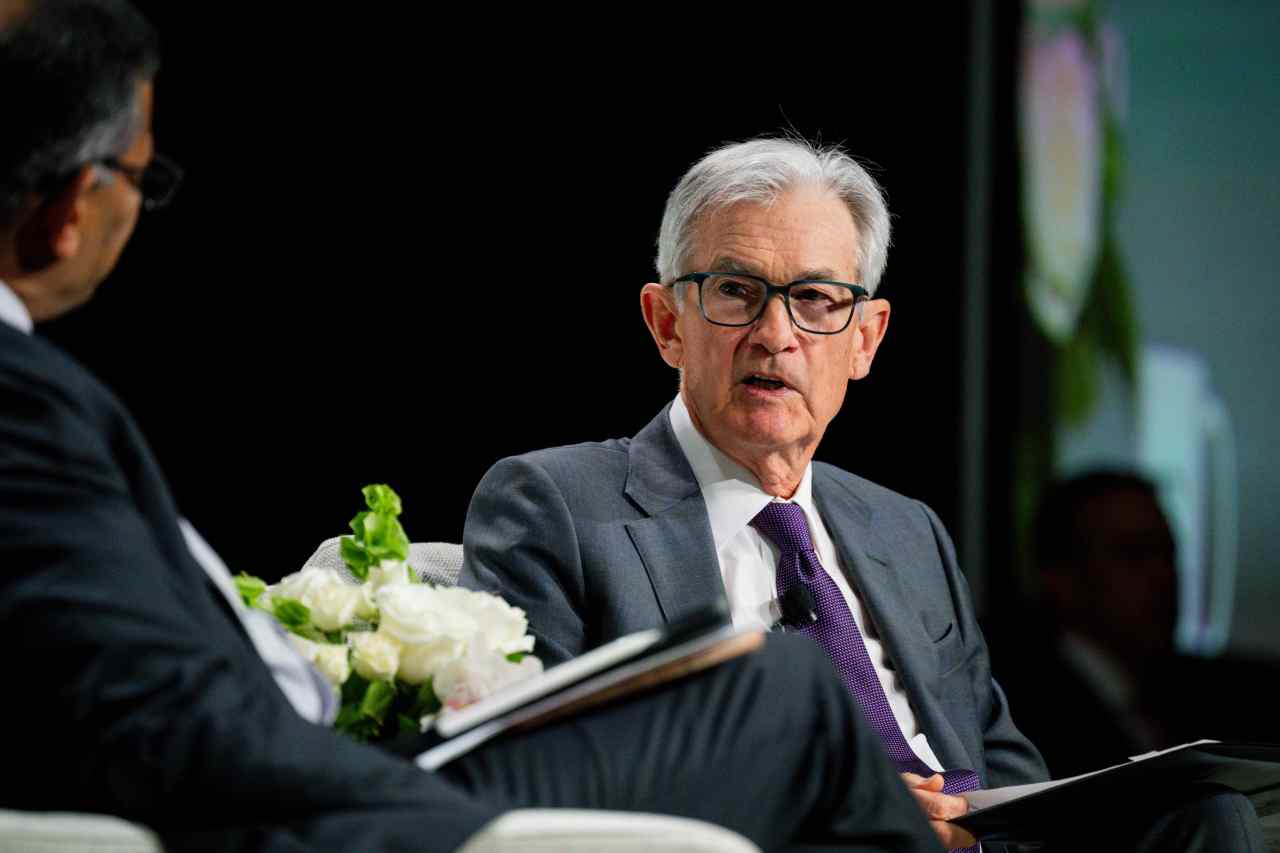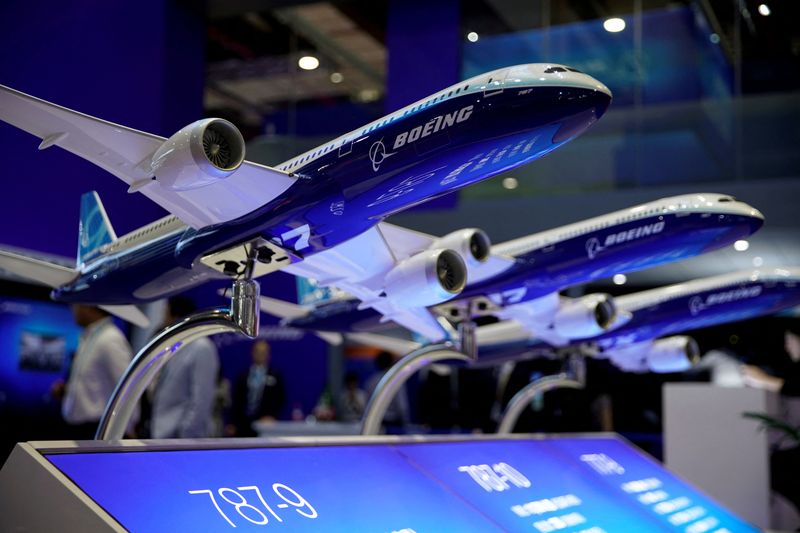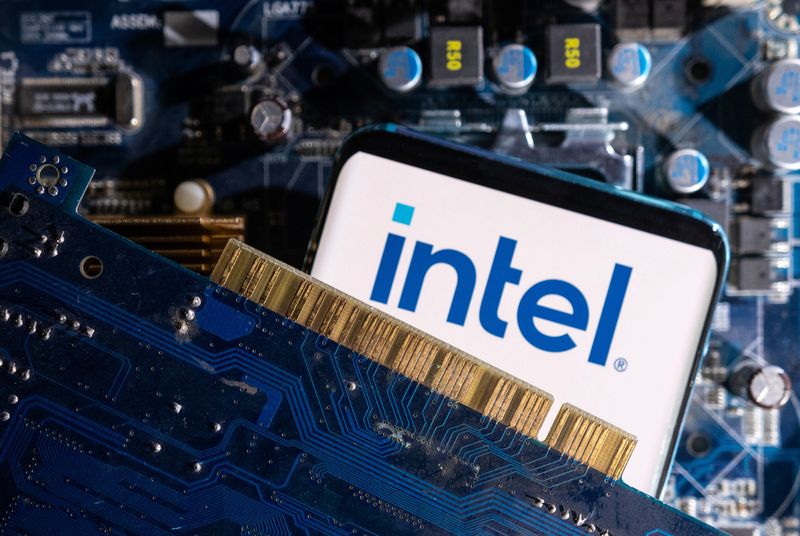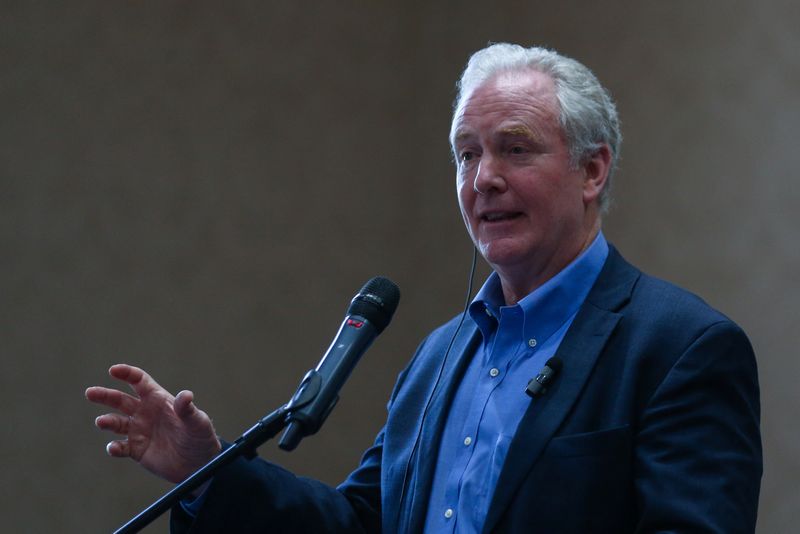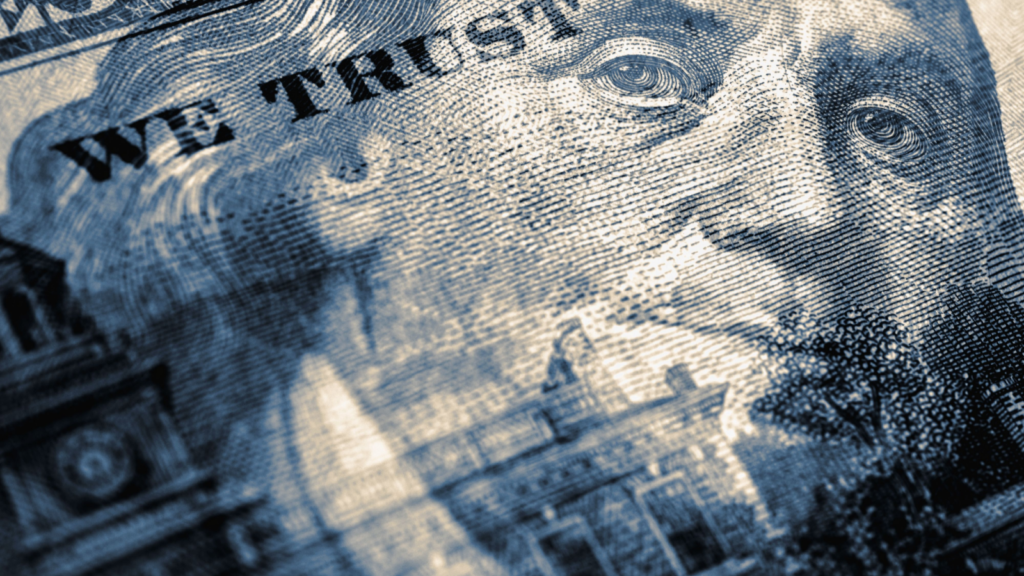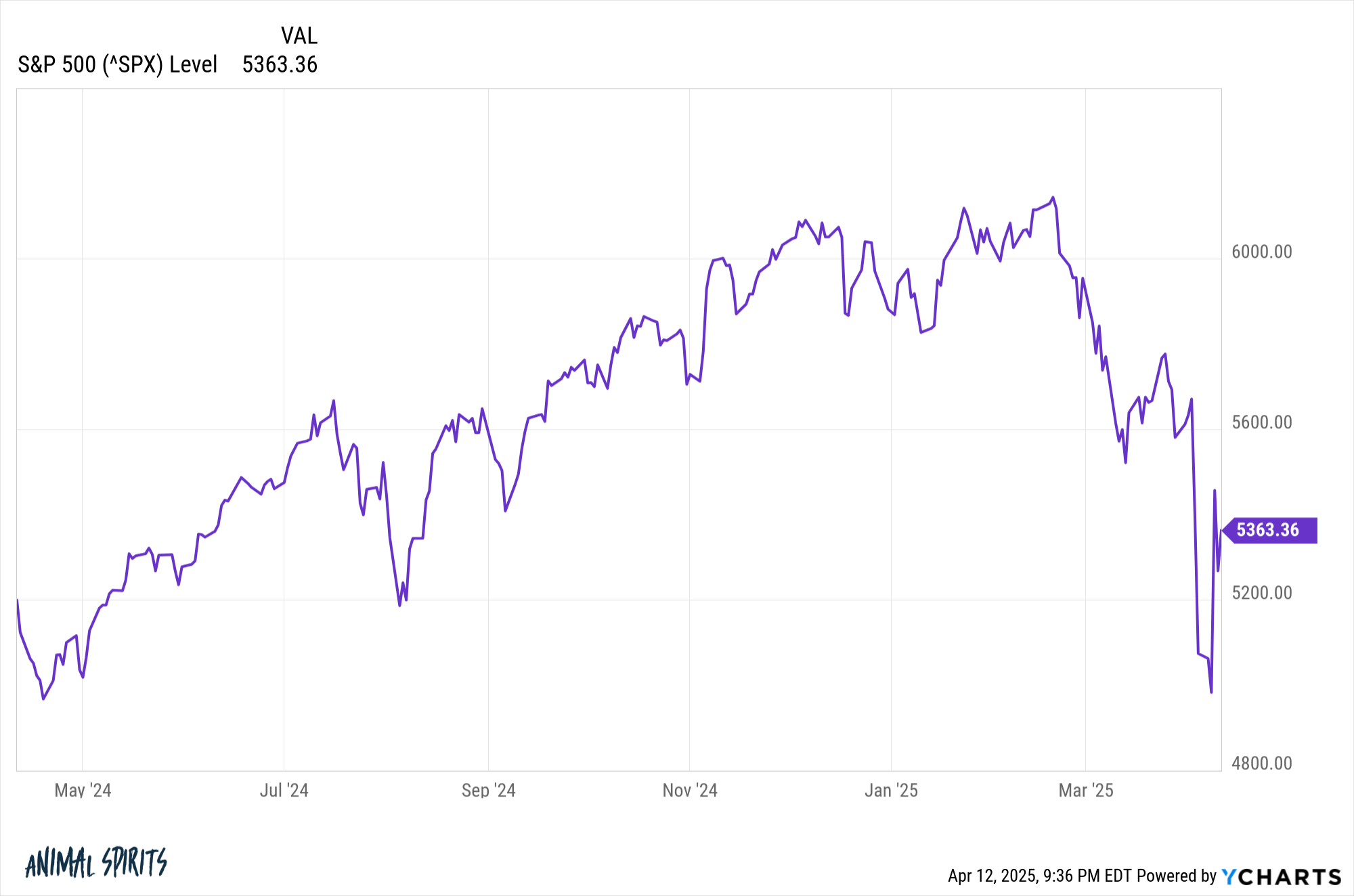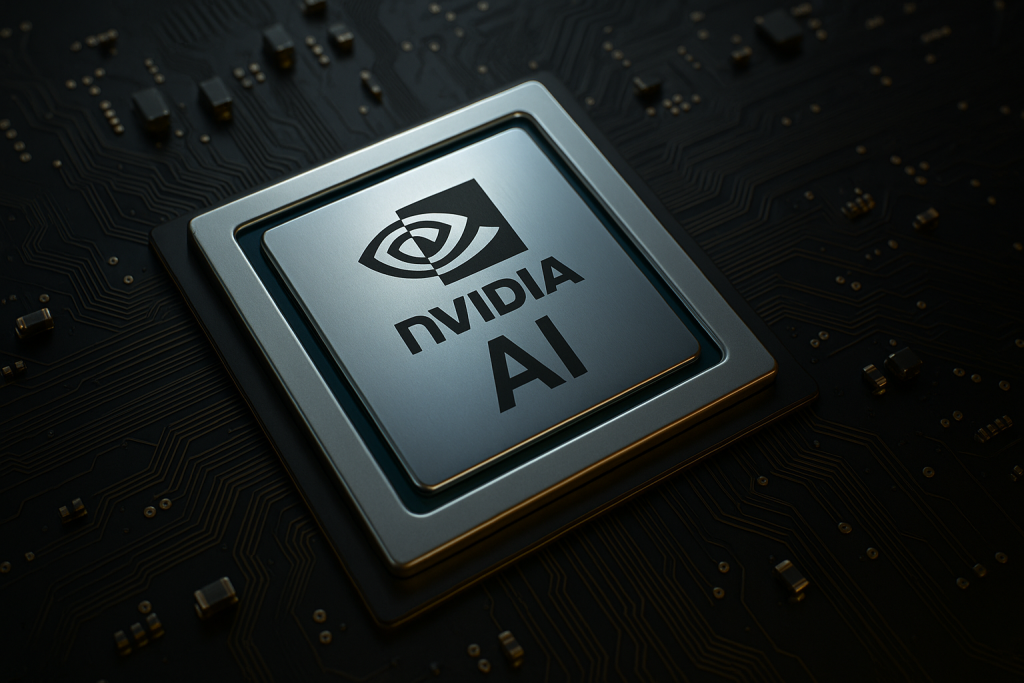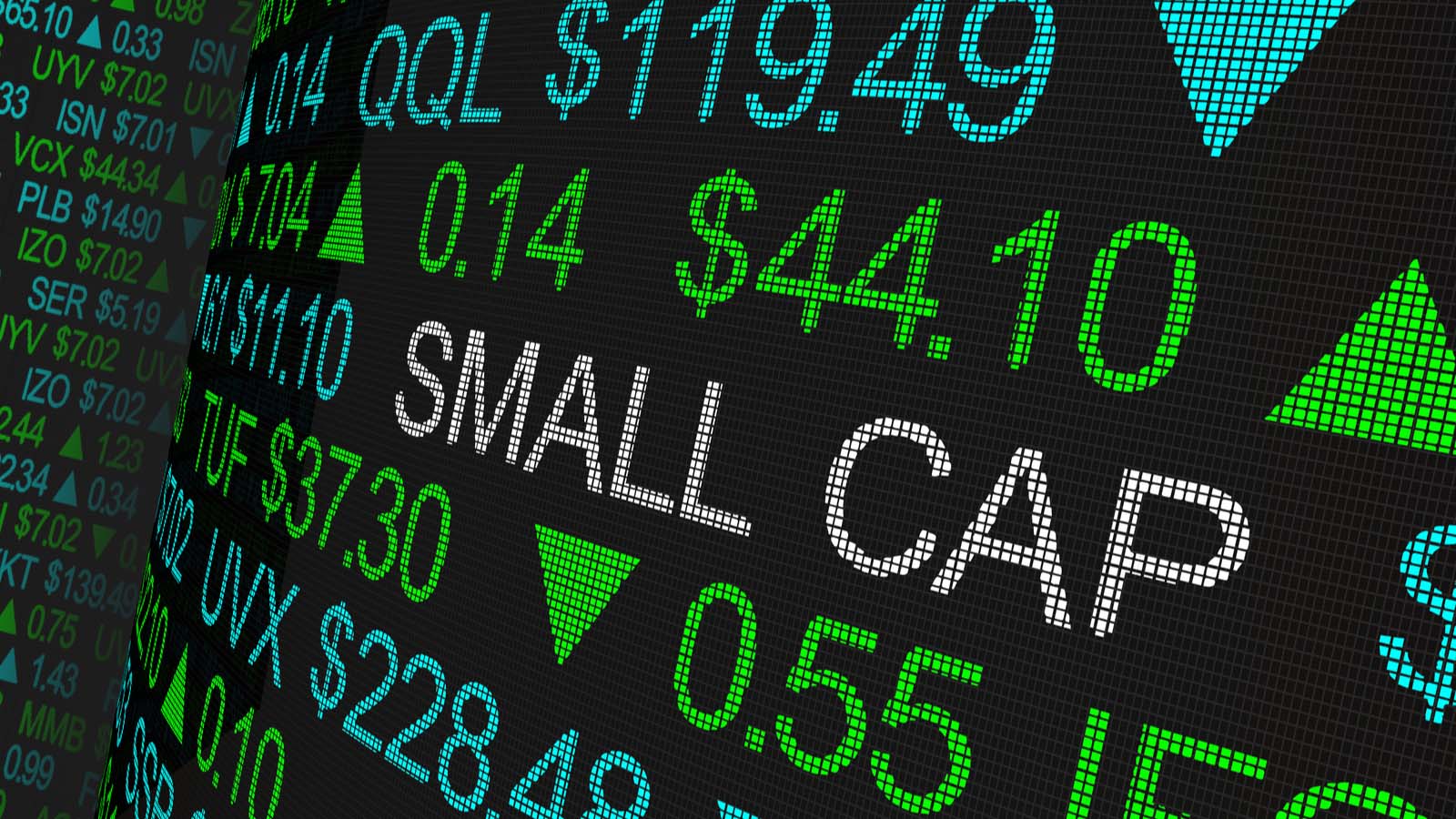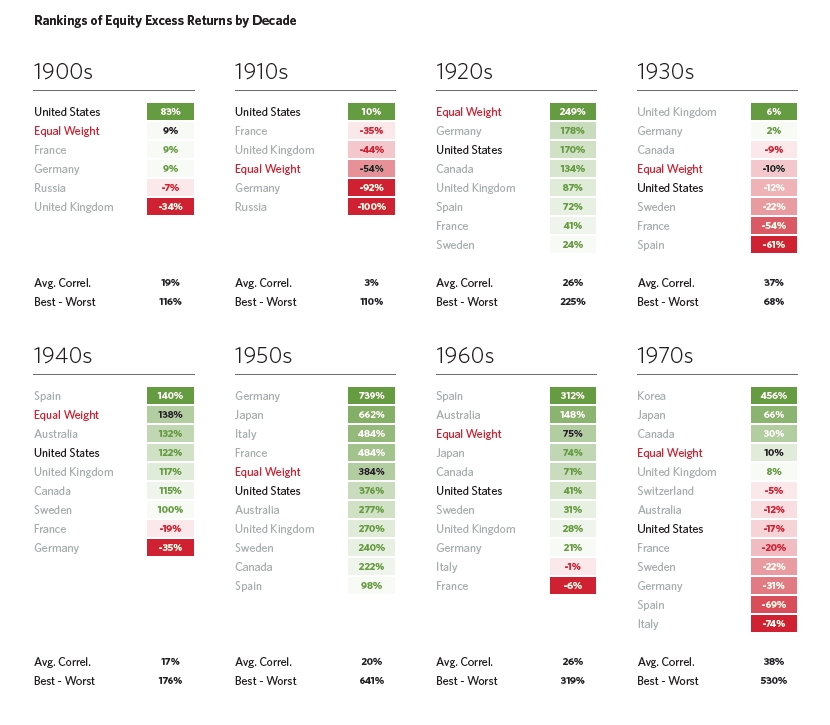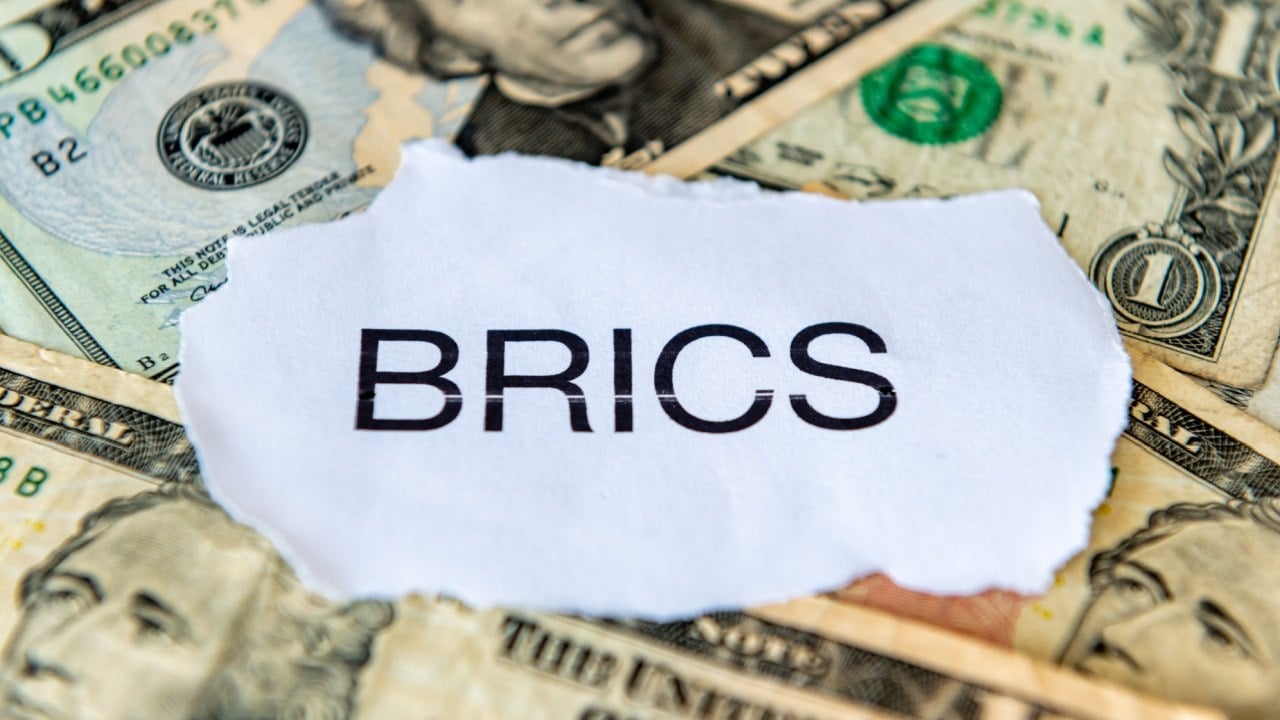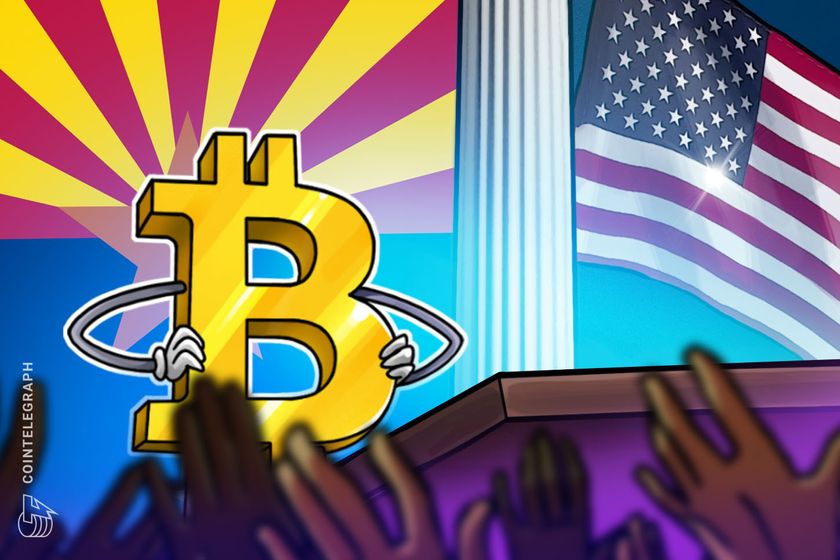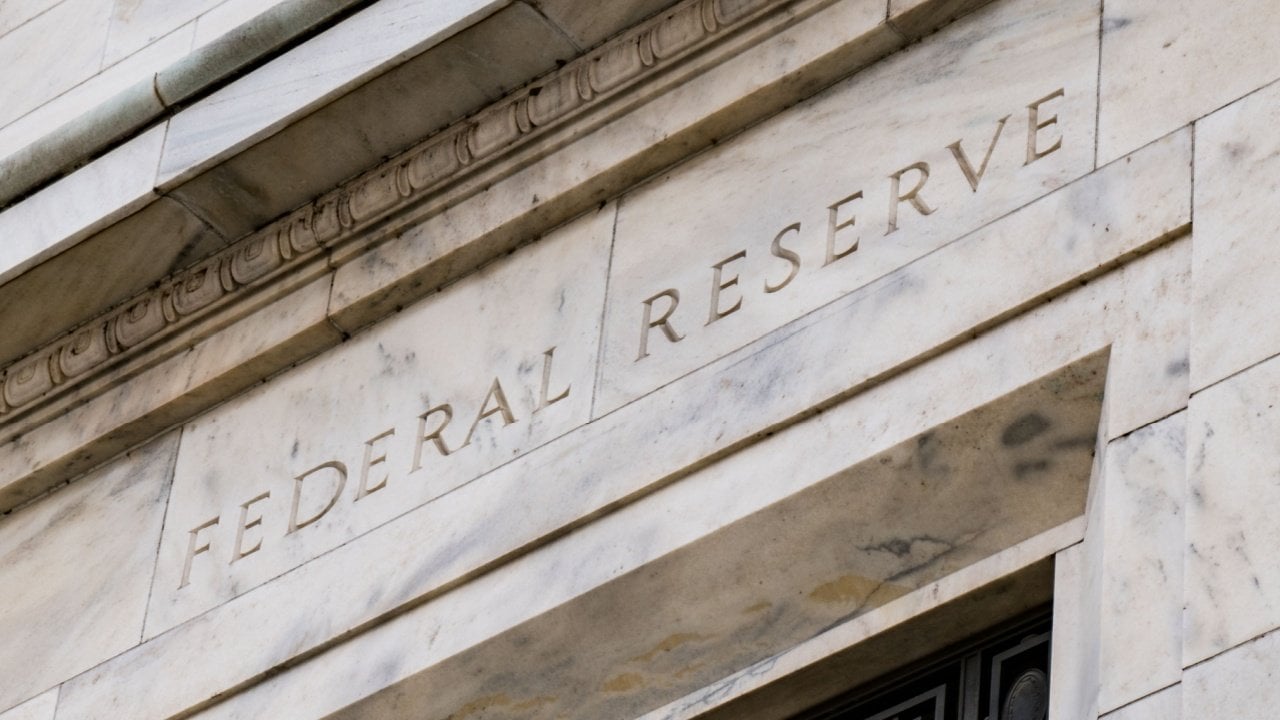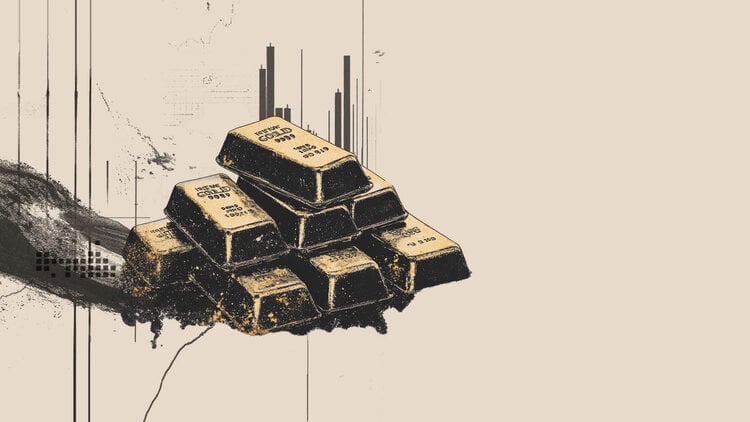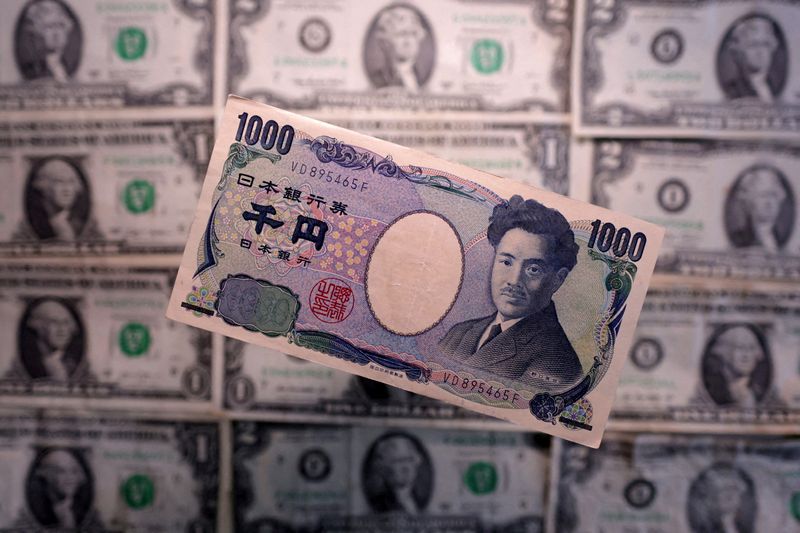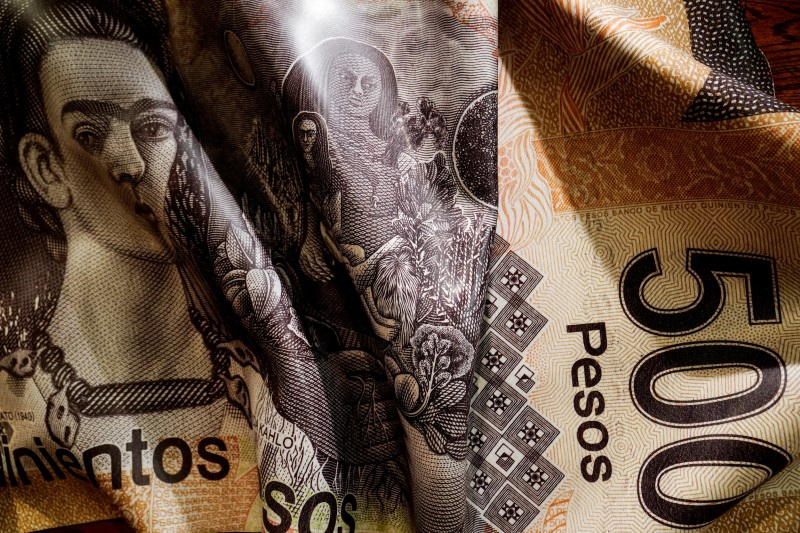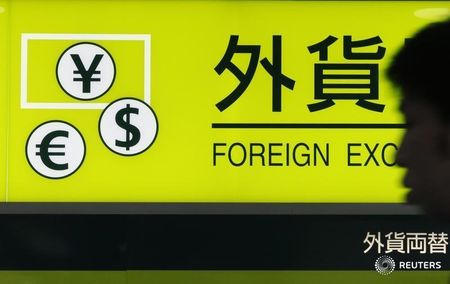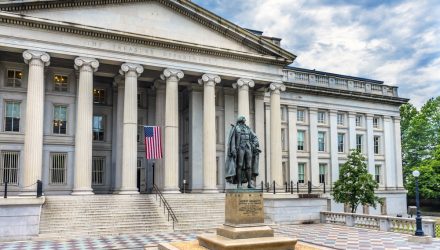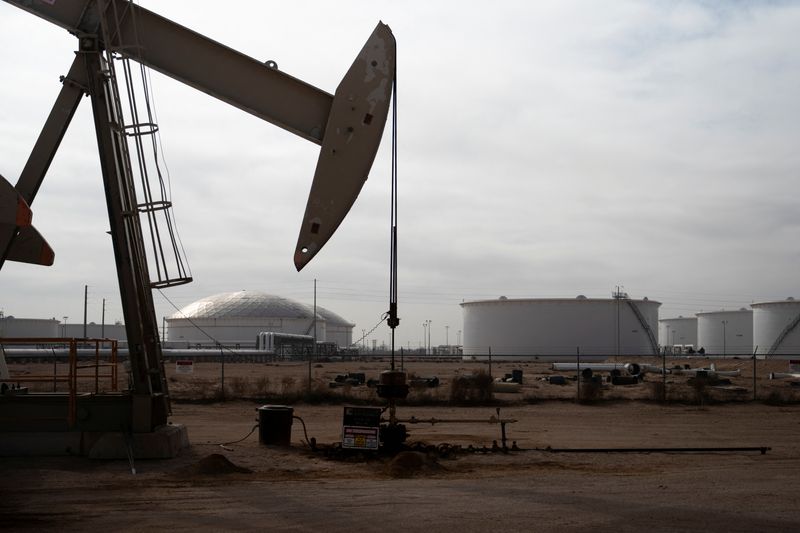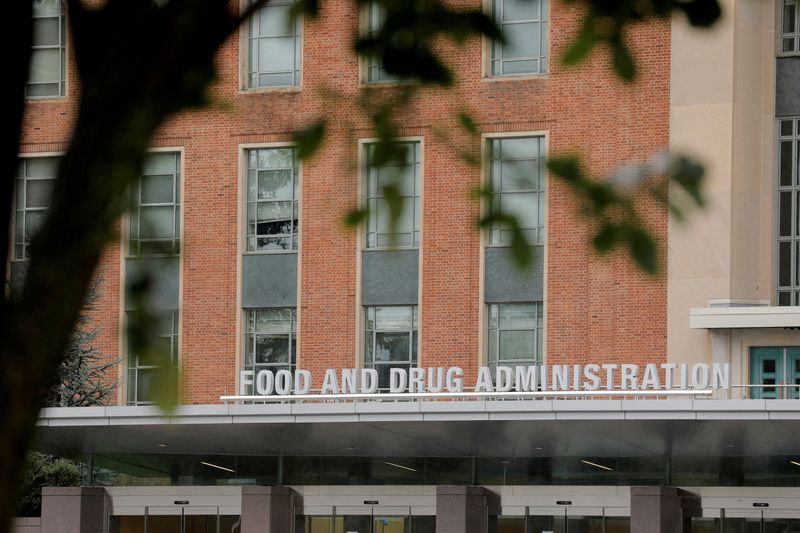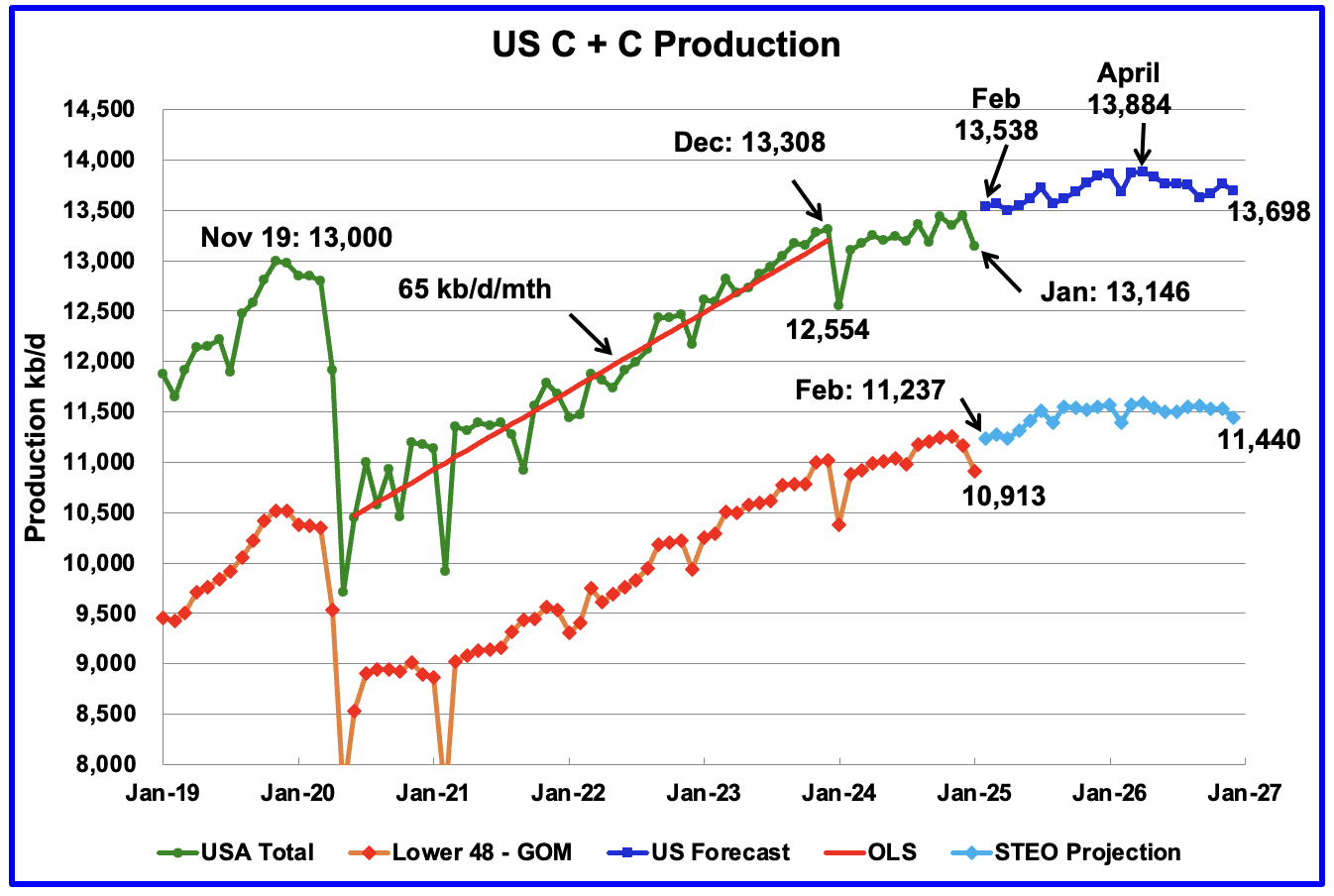Surprising tariff news sends S&P 500 soaring
The S&P 500 gained 9.5% on April 9.
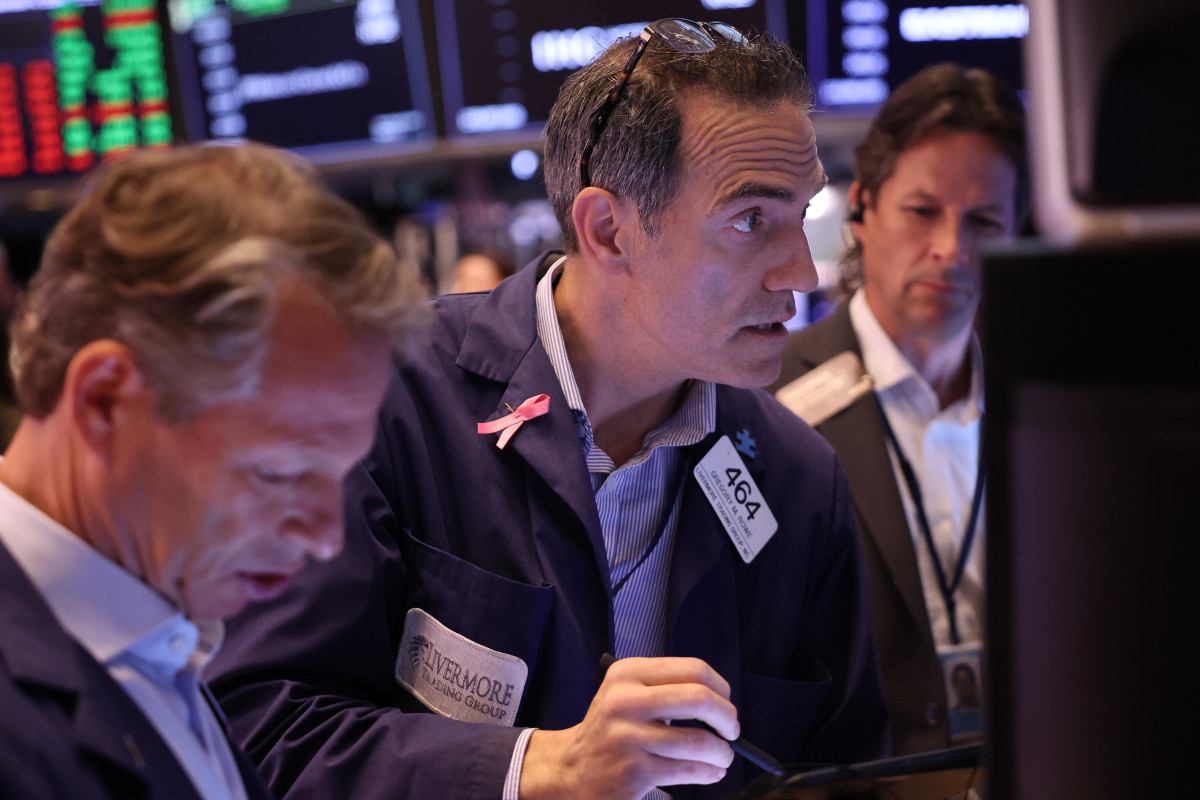
The stock market's recent roller-coaster ride continued on Wednesday, April 9, as stocks rocketed higher.
The S&P 500 gained 9.5%, the third largest one-day return since 1987. The technology-heavy Nasdaq, which had been especially hard hit in 2025, surged 12.2%.
The staggering gains were fueled by President Trump's decision to pause reciprocal tariffs for 90 days. During the moratorium, a 10% baseline tariff on all imports will apply.
Related: Rare event could send S&P 500 surging soon
The news is particularly welcome given stocks tumbled following President Trump's 'Liberation Day' tariff announcement. Reciprocal tariffs ranging from 20% for the European Union to 54% for China imports caused investors to rethink the likelihood of inflation causing a profit-busting recession this year.
Comments from Commerce Secretary Howard Lutnick and trade adviser Peter Navarro this week, who suggested Trump may take a hard line on tariffs rather than negotiate, added to concerns.
The Treasury Secretary, Scott Bessent, walked back some worries yesterday, saying about 70 countries had reached out to negotiate better deals and discussions would begin soon between the U.S. and Japan, which was facing a 24% tariff.
And today's tariff delay confirms President Trump's willingness to consider lower tariff rates, potentially reducing elevated inflation and recessionary risks that had caused stocks to crash.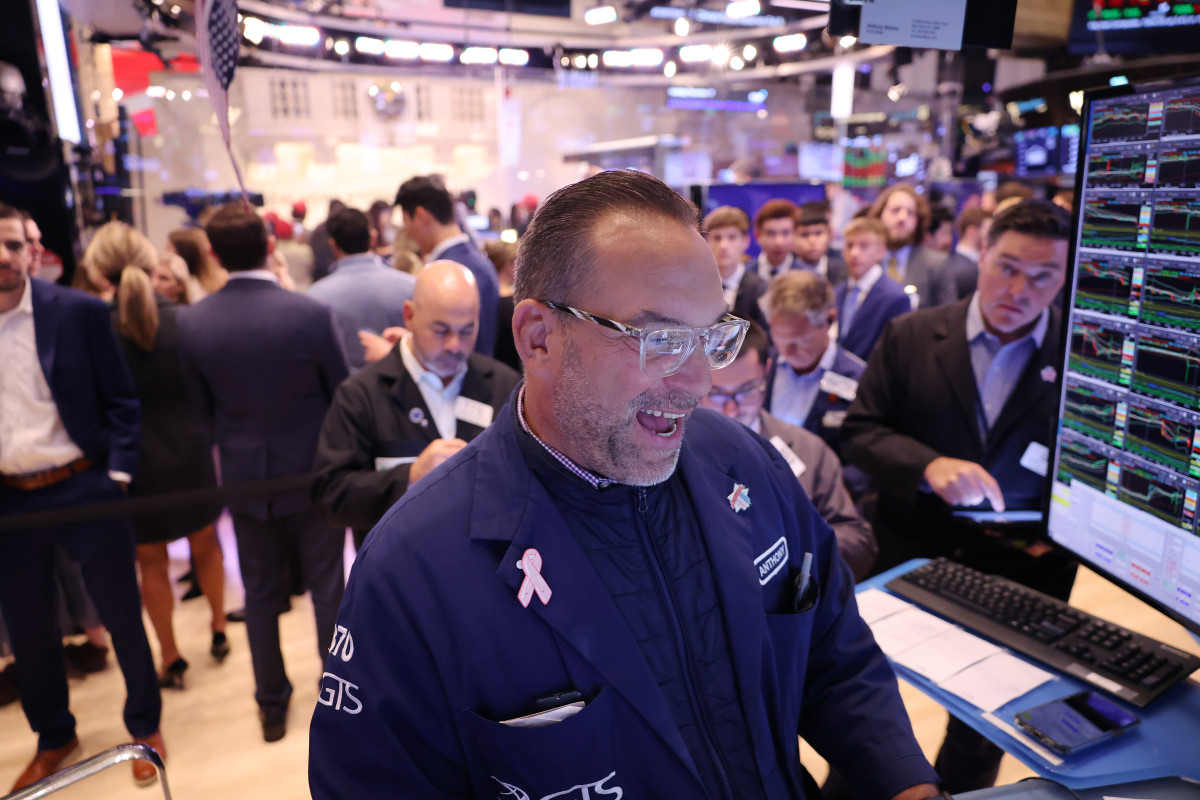
Tariffs whipsaw the stock market
The S&P 500 and Nasdaq Composite have performed poorly due to growing trade tensions.
Stock market participants went into President Trump's "Liberation Day" announcement, believing that tariffs would be manageable. However, the method used to calculate reciprocal tariffs caused controversy when proposed tariffs clocked in substantially above predictions.
Related: Treasury secretary's words throw stock market much-needed lifeline
Leading up to the announcement, the White House had said U.S. tariff levels would offset other nation's tariffs and other trade restrictions.
Instead, tariffs were based on each country's trade imbalance with the United States, divided by American imports from that nation. As a result, proposed tariffs were much higher than actual tariffs charged on U.S. imports, including across Europe and Asia.
Since companies importing goods would have to increase consumer prices, potentially crimping revenue, or absorb cost increases, reducing profit margins and earnings, investors hit the sell button.
Stocks surge after Tariff time-out
The S&P 500 and Nasdaq tumbled significantly last Thursday and Friday, triggering oversold indicators and setting up a potential rally this week.
Bessent's encouraging words on Tuesday helped stocks find their footing, but that rally stalled after the White House substantially increased proposed tariffs on China after Chinese officials instituted their own retaliatory tariffs, saying they'd "fight to the end."
Related: Cathie Wood buys $15 million of tumbling Nvidia stock
China's actions led President Trump to impose an additional 50% tariff when China didn't back down, lifting China's import taxes to 104%. Given our reliance on China for everything from clothing to car parts, the tariff tussle there remains a significant problem for inflation.
Worse, China responded again on Wednesday by increasing its U.S. import tariffs from 34% to 84%, matching the U.S. increase. Once again, that drew the ire of President Trump, resulting in him increasing U.S. tariffs to 125%.
While the China situation worsened, investors largely focused on the benefits associated with the 90-day, 10% tariff deal elsewhere.
Among the stocks rising the most on Wednesday were high-tech stocks, which had rallied significantly in 2023 and 2024 but have struggled in 2025.
The list of top performers includes technology leaders:
- Tesla, up 22%.
- Nvidia, up 19%.
- Palantir, up 19%.
- Broadcom, up 19%
- Apple, up 15%.
The tariff tussle isn't likely over, but President Trump's decision did force short-sellers to cover positions and draw money back into stocks that had recently been sidelined.
How long the rally lasts will likely depend on how things shake-out with China and if trade negotiations over the coming 90-days are successful enough to making the 10% tariffs the ceiling, rather than the floor in the ongoing trade war.
Related: Veteran fund manager who forecast S&P 500 crash unveils surprising update














